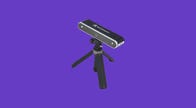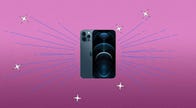Most 3D scanners are handheld devices that scan small to medium-sized objects with a high degree of accuracy. The resulting files are used for 3D modeling or 3D printing and they can produce fantastic results — if you’re patient and willing to learn how to use them.
These scanners, like the popular Revopoint Pop 2, can cost $700 and have a steep learning curve. Alternatively, if you own an iPhone 12 Pro or higher you can almost recreate what a fancy 3D scanner does. It isn’t quite as accurate, especially for 3D printing, but if you spend some time tweaking, the output can be just about as good.
Read more: Best 3D Printer
Creating 3D prints from files uploaded to communities like Thingiverse or Printables is fine, but once you can scan and recreate real-world objects, there’s no limit to what you can create. For example, you could replicate a collectible figure or scan a broken mechanical part to recreate it.
Using a 3D scanner
Pros:
- Can capture detail down to 0.1mm
- Dimensional accuracy is excellent
- Very little clean-up when you succeed
Cons:
- Often costs more than a 3D printer
- Software is often very hard to use
- Creating a usable model is painfully difficult
3D scanners use reflected light — sometimes in the form of lasers — to map the surface of an object. The scanner uses two cameras to judge depth and create a “point cloud” that can be fused together to make a solid object. That solid model is often incredibly accurate down to the smallest crack or imperfection.
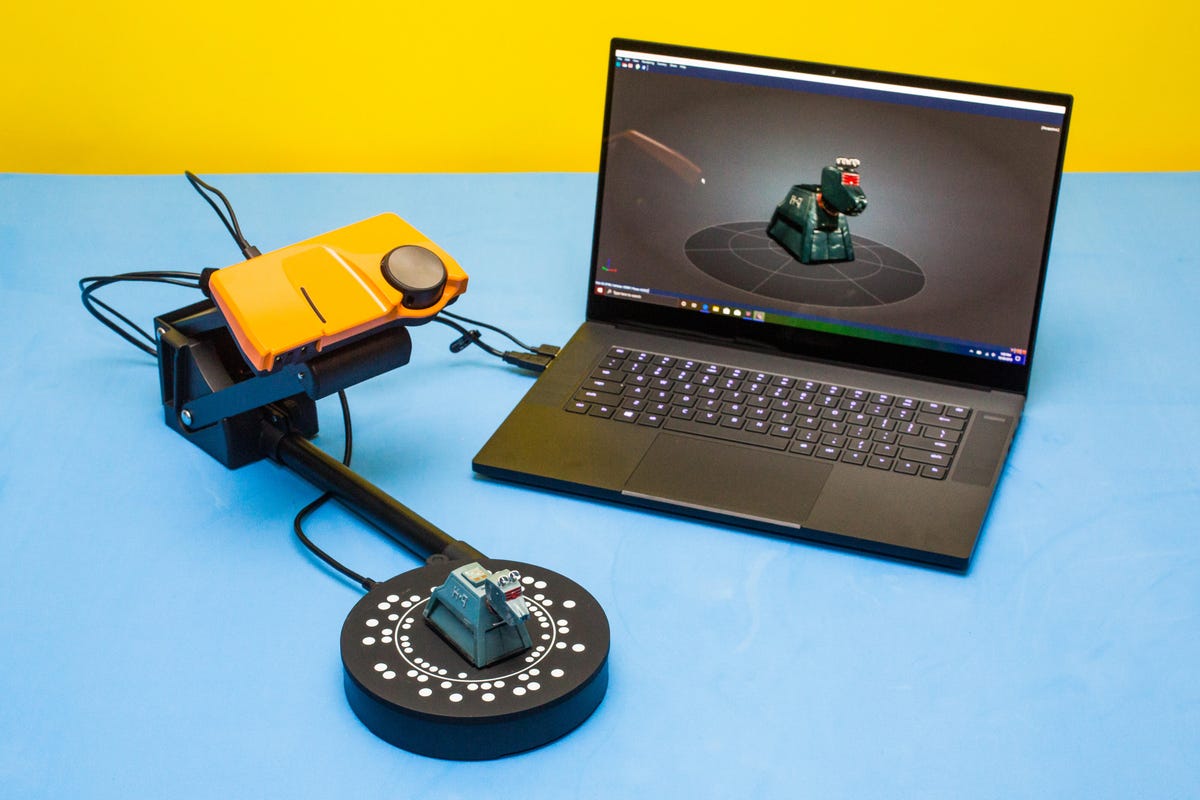
But scanning an object can be difficult. The scanner needs to be the right distance from the object you’re scanning at all times, and the object has to be the right color and reflectivity as well. Often, you will need a 3D scanning spray to coat your model in a white, evaporative coating to make scanning easier. This is not possible with human subjects, but does help with inanimate ones. Or at least it should.
I’ve spent hours using 3D scanners and struggle every time to produce a model that could be 3D printed. Often a scan will lose connection, then restart in the wrong place, causing severe disruption. After a lot of trial and error, I’ve managed to get several usable models, but the amount of work it took just didn’t seem cost-effective.
Using your iPhone
Pros:
- Incredibly fast scanning
- Models are instantly usable as online resources
- You likely already own one
Cons:
- Lower detail and quality
- Can need a lot of clean-up to make it 3D print-ready
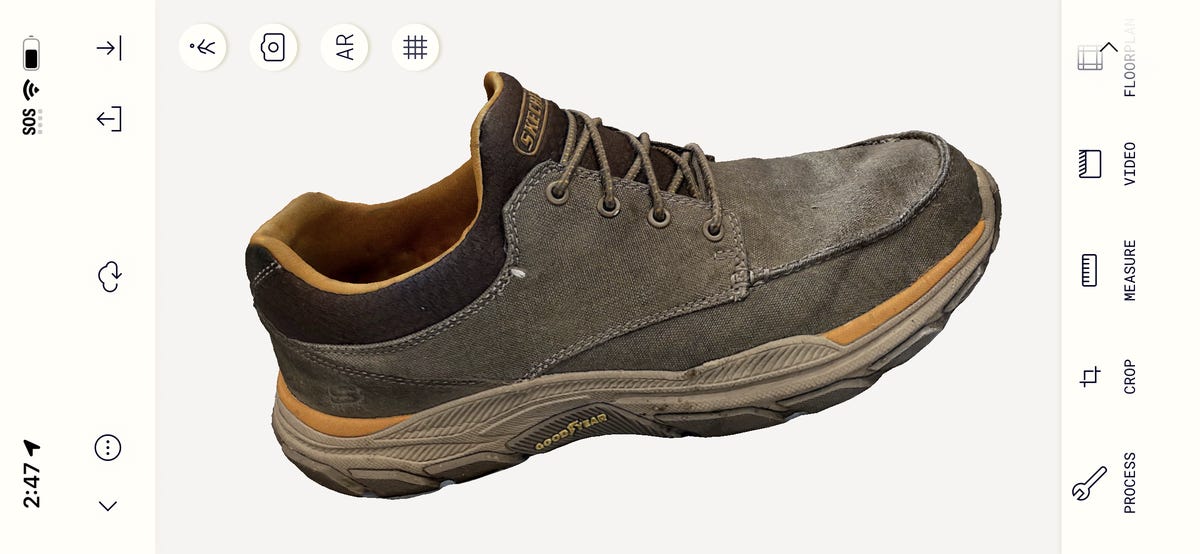
iPhones have a lot of cool technology that makes them excellent 3D scanners, including good cameras for photogrammetry and lidar technology for larger objects like cars or the inside of your home.
Photogrammetry is the best way to create a fully realized 3D model if you want that model to only exist digitally. It uses multiple pictures — the more pictures the better — to create a realistic facsimile of an object. The depth mapping is far rougher than a 3D scanner, but the textures and photo imagery make the model look extremely detailed. As you can see, the shoe in the image above looks identical to the real thing when the textures are shown, but the model I 3D-printed from it has lost a lot of its details.
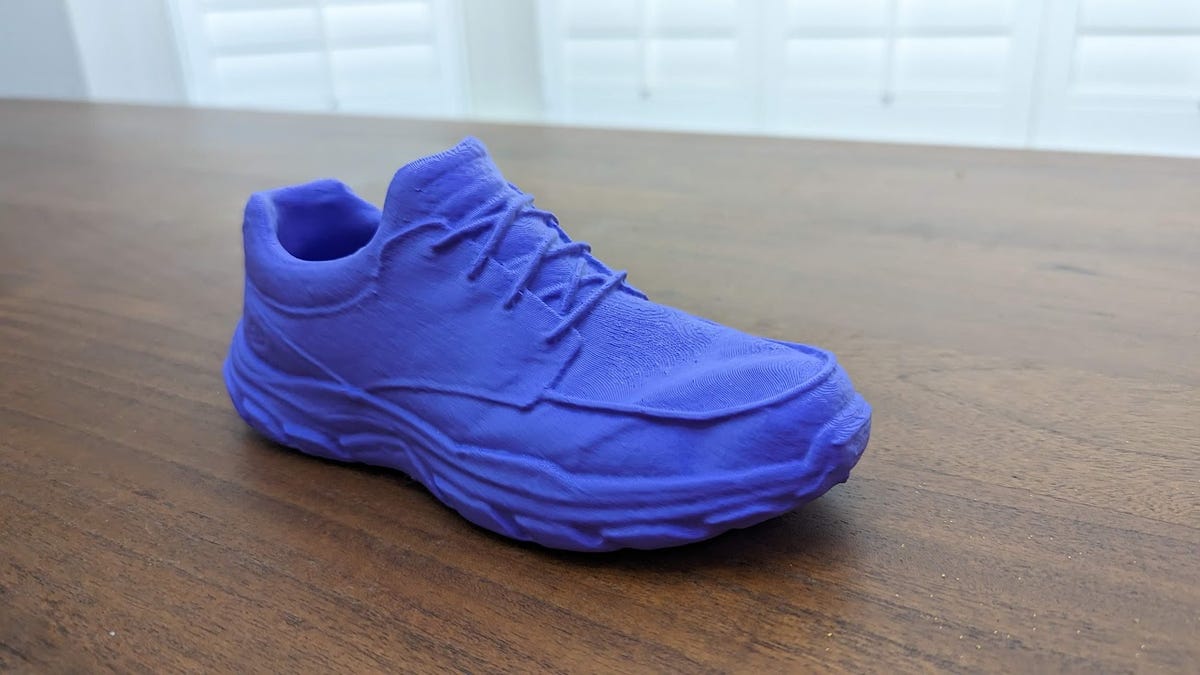
The coolest thing about photogrammetry, especially on an app like Polycam, is that it can be used with any camera you have, including DSLR cameras and even drones. You simply upload as many images as you want to the Polycam app and it will spit out a 3D rendering of the object you took, whether that’s a shoe or the Grand Canyon. It even works with Android phones, though none of those have the lidar technology like the iPhone.
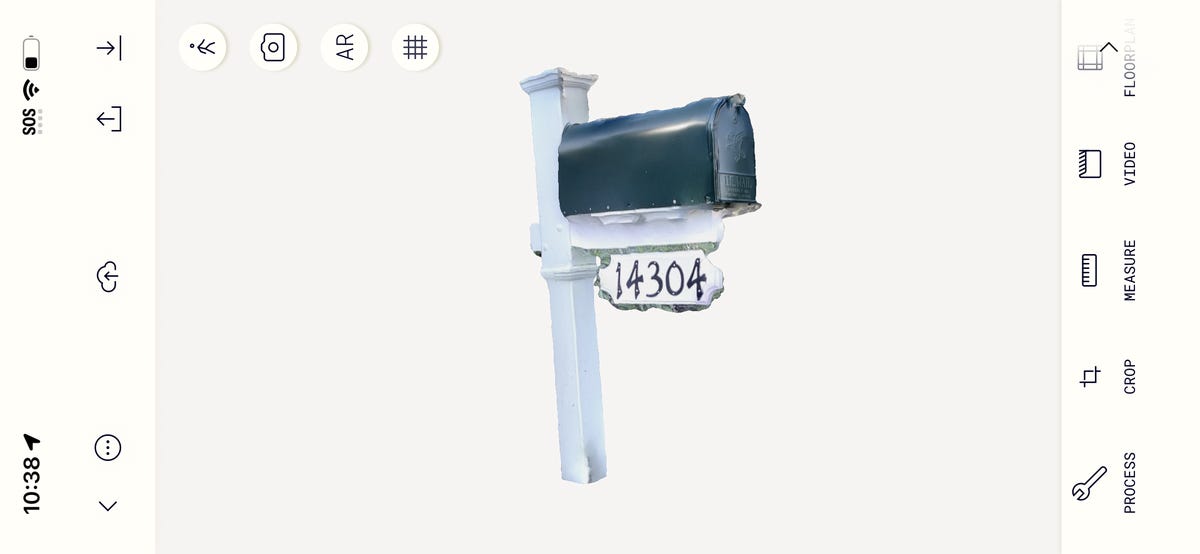
Lidar only works if you have an iPhone 12 Pro or later, but it’s excellent for scanning larger objects like mailboxes, pool tables and even cars. It works a lot like an expensive 3D scanner — by bouncing light off an object and measuring the distance the light travels — but it has a much lower resolution. This makes it excellent at scanning large, simple objects, especially if you’re keeping them as digital models.
Both photogrammetry and lidar imagery are extremely easy to use on your iPhone and require very little technical know-how to get right. They both need an app though, and after using several different ones, I found Polycam is the best choice.
Polycam costs $80 a year and offers both lidar and photogrammetry. More than that, it uses those systems in some really fun ways. Not only can you scan objects to create 3D models, but you can scan the walls inside your house and build a 3D floor plan. You can even 3D print that floor plan complete with walls, stairs and window and door openings.
When scanning an object on Polycam for 3D printing I was able to get good quality, low-resolution scans for organic shapes and much better scans of simple objects. Using Polycam to scan a broken sliding door handle was quick and simple and allowed me to accurately replicate a replacement. In fact, if you’re used to using programs like Blender — a free 3D sculpting tool on the PC and Mac — or Nomad Sculpt on the iPad or iPhone, you can import the Polycam file and spruce it up before printing.
Should you buy a 3D scanner if you own an iPhone?
I’ve spent a lot of time with several different 3D scanners and they all have the same inherent flaw: They’re just too picky to work for consumers. In a commercial setting, where everything can be controlled and your day is dedicated to getting this machine to work perfectly, then sure, a 3D scanner makes sense. If you’re a hobbyist though, with a life that requires more from you than endless hours of slow scanning, an iPhone is a better option.
Even if you don’t own an iPhone, you can pick up an iPhone 12 Pro — the first with lidar — for around $550, several hundred dollars cheaper than a 3D scanner. And once you’re done 3D scanning shoes, mailboxes, cars and houses, you still have an iPhone that can do a hundred other things too.

